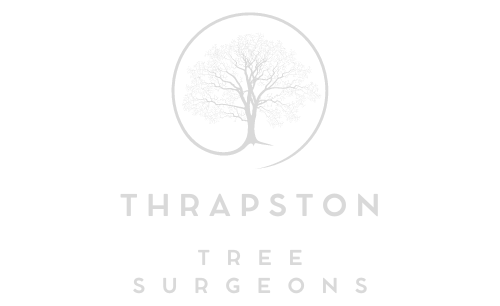Stump Grinding: Exploring Different Grinding Depth Settings
Introduction: Stump grinding is a highly effective method for removing tree stumps and reclaiming outdoor spaces. One of the key factors to consider when grinding stumps is the depth at which the grinding is performed. Different grinding depth settings offer versatility and flexibility, allowing tree surgeons to tailor their approach to the specific requirements of each stump removal project. In this blog post, we’ll explore the importance of grinding depth settings and the different options available to tree surgeons.
Surface Level Grinding:
- Surface level grinding involves grinding the stump down to ground level, removing the visible portion of the stump while leaving the root system intact below the surface. This approach is suitable for stumps in areas where complete removal is not necessary, such as in landscaped areas or where the stump serves as a natural feature. Surface level grinding provides a clean and polished appearance while preserving the stability of the soil and surrounding vegetation.
Below Ground Level Grinding:
- Below-ground-level grinding involves grinding the stump to a depth below the surface, effectively removing the entire stump and root system from the ground. This approach ensures complete stump removal and eliminates the risk of regrowth or future issues associated with remaining root remnants. Below-ground level grinding is ideal for areas where new construction, landscaping, or other development projects are planned, as it creates a clear and level surface for future use.
Variable Depth Grinding:
- Variable depth grinding allows tree surgeons to adjust the grinding depth based on the specific requirements of each stump removal project. This versatile approach offers flexibility and precision, enabling operators to grind stumps to varying depths depending on factors such as stump size, location, and surrounding landscape features. Variable depth grinding is useful for achieving customised results and optimising efficiency in diverse grinding scenarios.
Subsurface Grinding:
- Subsurface grinding involves grinding the stump to a depth below the surface and removing the majority of the root system along with the stump. This approach is beneficial for preventing regrowth and minimising soil disturbance, as it removes the root system to a significant depth below ground. Subsurface grinding is commonly used in areas where stumps are located near structures, utilities, or other sensitive areas where complete removal is essential.
Shallow Grinding:
- Shallow grinding involves grinding the stump to a depth just below the surface, leaving a small portion of the stump and root system intact below ground. This approach is suitable for situations where complete removal is not feasible or necessary, such as in areas with limited access or where preserving the surrounding landscape is a priority. Shallow grinding compromises complete removal and surface-level grinding, offering a balance of aesthetics and functionality.
Conclusion: Grinding depth settings are crucial in determining the outcome of stump removal projects. By exploring different grinding depth options, tree surgeons can tailor their approach to the specific needs of each project and achieve optimal results. Whether opting for surface-level grinding, below-ground-level grinding, variable depth grinding, subsurface grinding, or shallow grinding, selecting the right grinding depth setting is essential for successful stump removal and reclaiming outdoor spaces effectively.
Call us on: 01832 770 681
Click here to find out more about Thrapston Tree Surgeons
Click here to complete our contact form and see how we can help with your tree’s needs.

